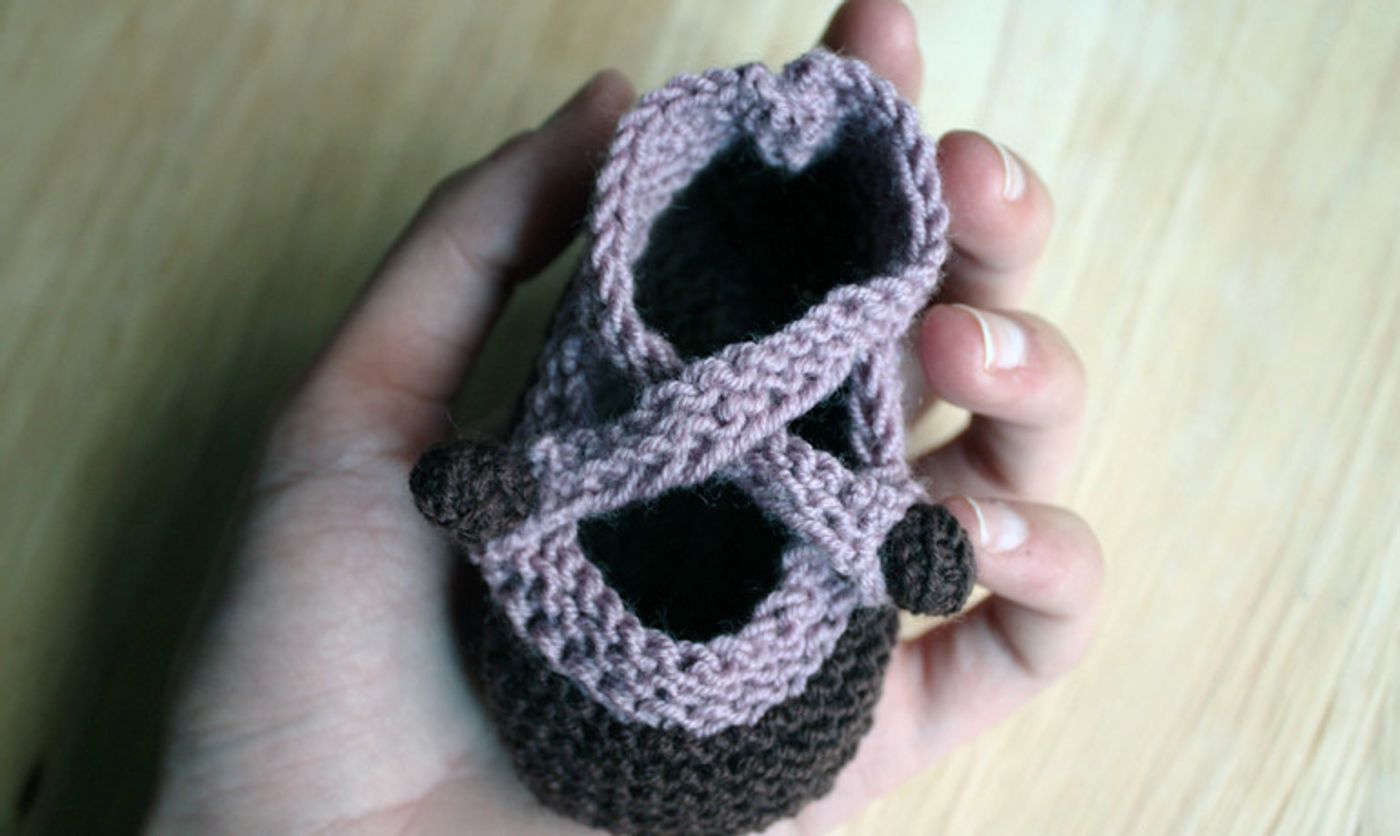Scientists have found evidence that a lack of stem cells in the womb lining is causing thousands of women to suffer from recurrent miscarriages.
Jan Brosens, a professor of obstetrics and gynecology at Warwick Medical School at the University of Warwick, says the next step will be to search for a treatment.
“I can envisage that we will be able to correct these defects before the patient tries to achieve another pregnancy. In fact, this may be the only way to really prevent miscarriages in these cases,” says Brosens, who led the study published in the journal
Stem Cells.
The researchers examined tissue samples from the womb lining, donated by 183 women who were being treated at University Hospitals Coventry and Warwickshire NHS Trust.
The team found that an epigenetic signature—which is typical of stem cells—was absent in cultures established from womb biopsies taken from women suffering recurrent miscarriages. In fact, fewer stem cells could be isolated from the lining of the womb from recurrent miscarriage patients when compared to women in the study’s control group.
The researchers also found that a stem cell shortage accelerates cellular aging in the womb. The lining has to renew itself each cycle, each miscarriage, and successful birth. This renewal capacity is dependent on resident stem cell population. Aging cells mount an inflammatory response, which may facilitate implantation of an embryo but is detrimental for its development.
“After an embryo has implanted, the lining of the uterus develops into a specialized structure called the decidua, and this process can be replicated when cells from the uterus are cultured in the lab,” says Brosens.
“Cultured cells from women who had had three or more consecutive miscarriages showed that aging cells in the lining of the womb don’t have the ability to prepare adequately for pregnancy.”
Siobhan Quenby, coauthor of the study and a professor of obstetrics, says the challenge now “is to develop strategies to increase the function of stem cells in the womb lining.
“We will start piloting new interventions to improve the lining of the womb in the spring of 2016. Our focus will be two-fold. First, we wish to improve the screening of women at risk of recurrent miscarriage by developing new endometrial tests. Second, there are a number of drugs and other interventions, such as endometrial ‘scratch’, a procedure used to help embryos implant more successfully, that have the potential to increase the stem cell populations in the womb lining.”
The Genesis Research Trust and the Biomedical Research Unit in Reproductive Health, a joint initiative between Warwick Medical School and University Hospitals Coventry and Warwickshire NHS Trust, funded the study.
Source:
University of Warwick
This article was originally published on
futurity.org.









